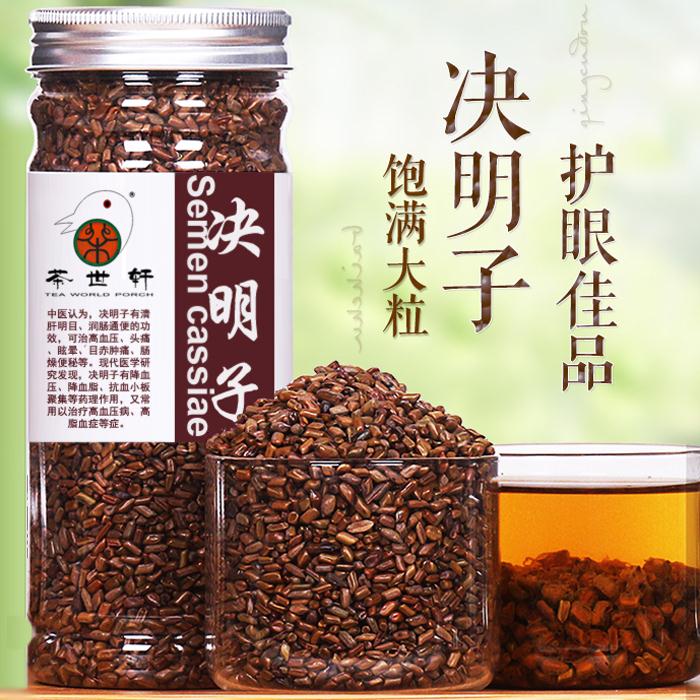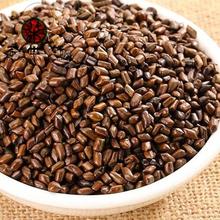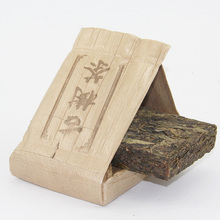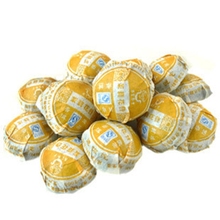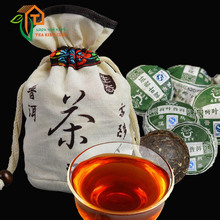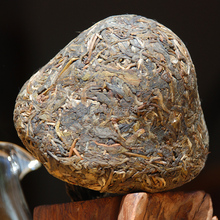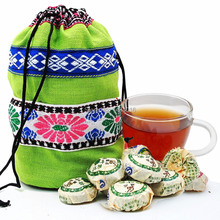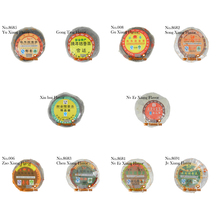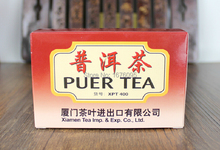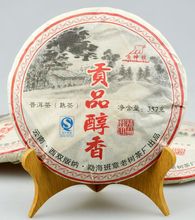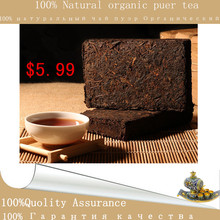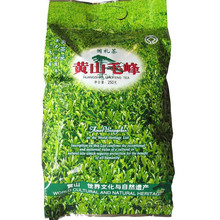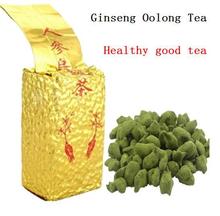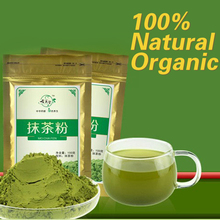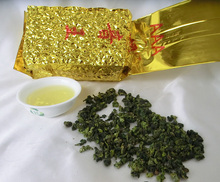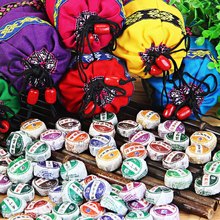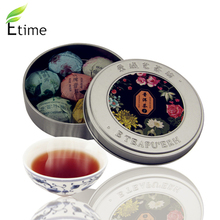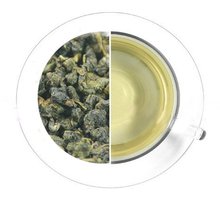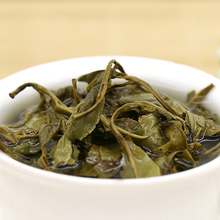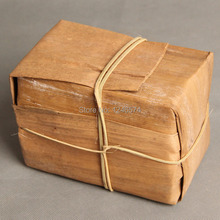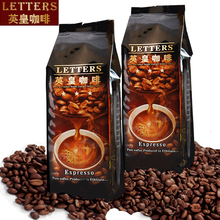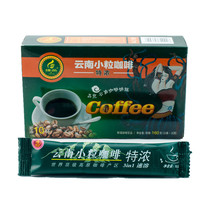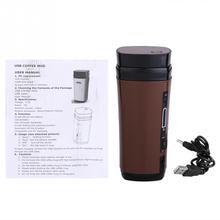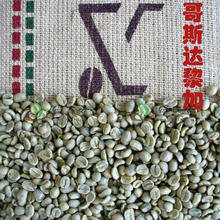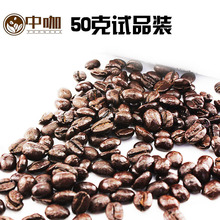| 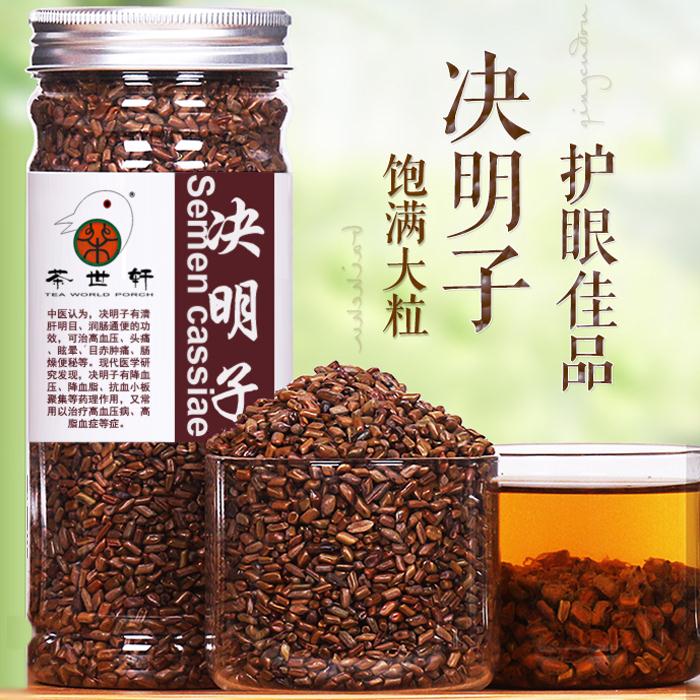
- Cassia tea Gas micro, taste bitter. In full particles, color green brown better. Chemical ingredients include emodin (emodin), rhubarb, physcion, obtusin, blunt leaf obtusin and glycosides. It has the following effect. Heat eyesight, laxative. Mu Chi astringent for pain, the shame out more tears, headache, dizziness, head dark unknown, constipation. In the liver, kidney, large intestine. The effect of weight loss. Wind-heat red eyes, Qingmang, bird mesh, hypertension, hepatitis, cirrhosis, habitual constipation.
| Tea message | | Product Name: | Cassia tea | |
Net content: | 300g/bottle | Package: | Paper box packaging | Shelf Life: | 24 months | |
|
- As the main way to drink tea: Cassia and lotus leaves with boiling water along with tea, especially suitable for obesity, also has the effect of preventing constipation intestines. Regular consumption of cassia seed tea eyesight role, so often to stay next to the computer friends may try to drink some of cassia seed tea.
Cassia tea
Ingredients: cassia, green tea, 5g. Cassia (Cassia or powder and green tea powder 5 grams)
Method: Cassia low heat and fry aroma overflow removed, waiting cool. The fried cassia, green tea with the release of the cup, into the boiling water, then soak for 3 to 5 minutes after the Beverage. With the drink with continued water until tasteless up.
Efficacy: This tea cool throat, taste appropriate, with heat Pinggan, lowering blood pressure, laxative, benefits eyesight eye effect.
Indications: for hypertension, hyperlipidemia, constipation, blurred vision and so on.
Note: The tea "produced by Mingsong Luo Hui, longer than of food; production Zhejiang Shaoxing Zheyue Japanese cast, longer clear long; build capacity Min Zheyue tea, specializing in addiction malaria; production Kuni Zheyue bitter small, specializing in Zhili ; Zheyue southern Yunnan Pu'er tea production, the digestion and addiction malaria, dysentery Gong "Therefore, lipid digestion Usnea Anhui and Yunnan Pu'er tea is better. Cassia to grains, plump, brown is preferred, when the fry aroma overflow, but do not fry paste, so as not to affect the efficacy. Cassia seed tea bitter cold Shang Wei, therefore, spleen and stomach, blood deficiency were not served. Tea contains caffeine, there are refreshing refreshing power, therefore, should not drink tea at night to prevent insomnia.
Cassia tea Qiju
Raw materials: medlar 10 grams, 3 grams of chrysanthemum, cassia 20 grams.
Method: wolfberry, chrysanthemum, cassia seed at the same time into a large covered cup, with boiling water, cover, simmer 15 minutes to start drinking.
Usage: When the tea, frequent drinking, and can be brewed 3-5 times.
Effects: Liver purging fire, Yin eyesight, lowering blood pressure. Yang Kang for anger type of stroke sequelae, Zheng Jian paralysis numbness, dizziness, lightheadedness, facial reheat, irritability, increased blood pressure, reddish, yellow fur, pulse string.
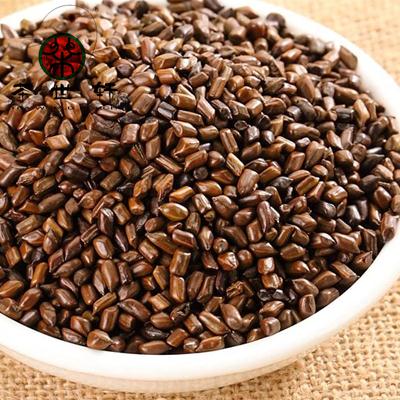

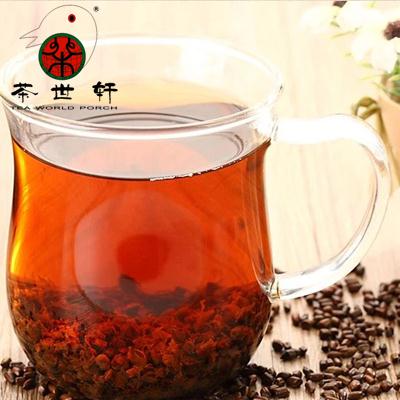
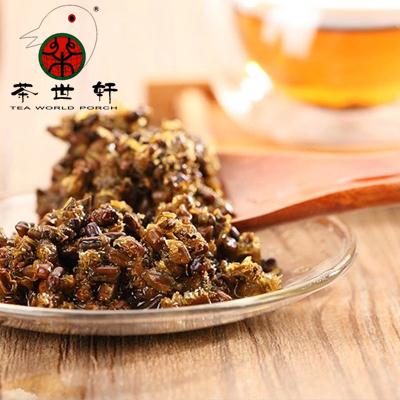









Easy Searh
- Brewing tea is, at its heart, very simple. There are several basic steps:
1. Heat good-tasting water.
2. Add tea (about one tablespoon per cup).
3. Steep for 2 to 3 minutes, taste.
4. Strain and enjoy!
5. Re-steep for more pleasure.
There are variations according to the type of tea. Each package of tea that we sell has detailed brewing instructions on the back. As a general rule, please pay attention to the following:
Teapot: Choose a teapot, covered cup, or glass, and preheat with hot water. Use a strainer to prevent leaves from entering the cup or spout.
Tea: Brew teas loose, not in a small tea ball or infuser. This allows the leaves to open fully and release all their flavor. We use 3 grams of tea for 6 ounces of water. Whole-leaf teas vary in density, so use one teaspoon for compact teas and up to 2 tablespoons for voluminous teas.
Water: Start with good-tasting water, such as spring or filtered. Avoid tap water; it may contain chemicals which will affect the taste of the tea. Don't overboil, as this depletes the oxygen in the water and compromises flavor. Do not use boiling water when brewing white or green teas. This will cook the leaves and destroy their delicate flavor.
Suggested Temperatures: White or green teas, well below boiling (170-185 F). Oolongs (185-210 F). Black teas, just off a boil. Pu-erhs, full rolling boil (212 F).
Steeping Time: Until you are familiar with a particular tea, steep for a minute or two, then try a sip. Pay attention to taste rather than color. When the tea tastes right to you, serve or pour off all the liquid to avoid oversteeping. Most teas are meant to be infused several times. Increase steeping time for subsequent infusions.
Experiment: Feel free to experiment with water temperature, brewing time, and proportion of tea to water. Watch the leaves unfurl and savor the aroma. Remember, our guidelines are just that. Enjoy.
The chart below offers some additional general brewing guidelines when using traditional Asian teaware. For each of these teas, rinse teaware to preheat before brewing. - The chart below offers some additional general brewing guidelines when using traditional Asian teaware. For each of these teas, rinse teaware to preheat before brewing.
| White Tea | Green Tea | Less-Oxidized Oolong Tea | Oxidized Oolong Tea | Black Tea | Pu-erh Tea | Leaf
Quantity | One half of a gaiwan | One quarter of a gaiwan | One third of a gaiwan or a Yixing teapot | One half of a gaiwan or a Yixing teapot | One quarter of a gaiwan | One third of a gaiwan or a Yixing teapot | Water Temperature | 180 degrees F | 170 to 185 degrees F | 180 to 210 degrees F | 190 to 210 degrees F | 210 degrees F, near boiling | 212 degrees F, full, rolling boil | Infusion Time | 30 seconds; add 5 seconds to subsequent infusions | 30 seconds; add 5 seconds to subsequent infusions | 30 seconds; add 5 seconds to subsequent infusions | 30 seconds; add 5 seconds to subsequent infusions | 30 seconds; add 5 seconds to subsequent infusions | After rinsing once infuse 30 seconds; add 5 seconds to subsequent infusions | Examples | Yinzhen Silver Needle, White Peony | Dragon Well, Sencha | Wen Shan Baochong , Tieguanyin | Oriental
Beauty, Tung Ting Oolong | Keemun, Darjeeling, Ceylon Orange Pekoe | Tuocha, Bingcha |
|
